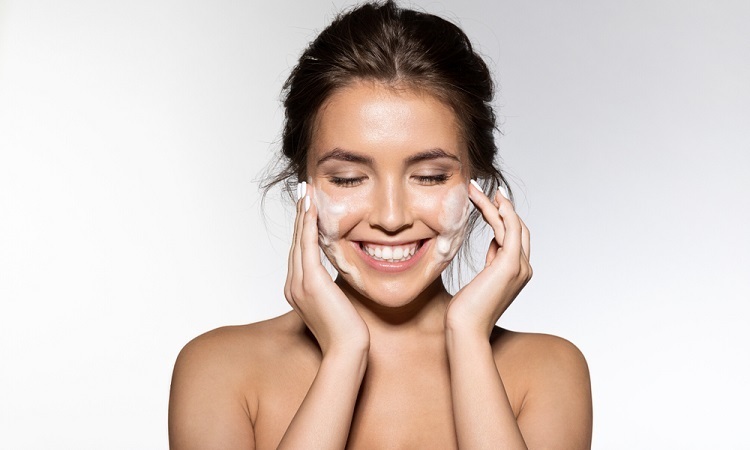You can’t un-notice it once you’ve observed what’s happening, so seeing your scalp in the mirror can be unsettling. Trying to prevent this thinning occurrence could be very understandable, as all we genuinely desire is a full, thick head.
Stress, some medical disorders, nutritional deficits, and genetic factors can also contribute to this state. Medications, dietary adjustments, and other therapies may be used, depending on the underlying cause of your circumstance.
By improving the condition, thickness, and resilience, treatment can frequently help control aging-related hair loss or thinning. It usually grows back over time through specialists’ help – check out Neograft for advanced solutions. Sometimes stopping and, if at all possible, reversing that tragic process is the answer.
Table of Contents
Why does hair thinning occur?
This could be attributed to genetics, lifestyle choices, or both. Additionally, some medical problems might cause this problem.
Lifestyle choices could consist of:
- Overdoing treatments: This includes relaxers, color treatments, and perms.
- Using harsh products: Extreme-hold gels and sprays are examples of these goods.
- Snug hairstyles: Whether you’re working out with your hair up or in a ponytail, this can cause follicles to break and eventually result in thin areas.
- Not receiving enough essential nutrients in your meals: Follicle growth is aided by folic acid, iron, and various other minerals.
- Acute stress: This is linked to an increase in stress-related chemicals, such as cortisol. Can also cause telogen effluvium hormone production.
May also result from underlying medical issues or be inherited. These conditions include:
- undergoing hormonal shifts
- receiving care for an autoimmune illness
- possess impairments in their immune systems
- have an illness or skin condition
- lacking in vitamins and minerals
Natural Remedies and Thinning Hair Treatments
It’s normal to lose hair but losing a lot every day isn’t. It would be an excellent plan to see a specialist. Consult a professional if you experience abrupt patches or a receding hairline.
Thoughtfully consider the following treatments and remedies; however, see your physician first.
Transplant
Contemporary transplant methods, such as Follicular Unit Transplantation – see https://modernaesthetics.com/articles/2019-july-aug/turn-key-hair-restoration-requires-caution-the-specialists-perspective; and Follicular Unit Extraction is safe, minimally invasive, and produce the best results possible.
To perform any of these procedures, healthy follicles must be removed, either singly or from a skin strip taken from the scalp’s donor area.
The balding or thinning patches of the crown are then filled up with these follicles. On this, a group of highly skilled surgeons ought to be working.
Platelet-Rich Plasma Therapy
PRP is a newly developed, scientifically supported restoration technique that addresses the problem. It’s a three-step process that includes:
- Take the patient’s blood and put it in a centrifuge, which is a device that separates plasma fluid from the other substances in your blood.
- After a few minutes, the blood filters and divides into red blood cells – platelet-poor and rich plasma.
- Last but not least, the area of your scalp is injected with plasma containing platelets.
Injections of plasma also improve blood flow to the follicles. The majority of patients have PRP therapy at least three times with 4-6 week intervals in between.
Laser Cap Therapy
It provides a painless and reasonable means of treating your condition. This stimulates new growth by reviving dormant follicles with Low-Level Laser Therapy, or LLLT.
With this method, photons are irradiated into your scalp using a laser light with a wavelength of 650 nm. These photons are absorbed by the feeble cells, reviving follicles and developing dense, healthy strands.
Promising outcomes are reported when the laser cap is used for around thirty minutes per day. It can also be easily performed from the comfort of your home.
Microneedling
This is a well-known cosmetic procedure that’s accessible, practical, and effective. It uses a hand-held roller with small needles attached to the device. These microneedles are painless and non-lethal when they’re rolled over the scalp, leaving pinprick-sized lesions behind.
When the body detects these wounds, it produces more collagen. It’s a naturally occurring protein that improves the flexibility and strength of your skin. Additionally, it promotes new cell formation and scalp circulation thus, creating a healthier atmosphere.
Consult a professional before deciding whether this therapy is right for you. Because they must determine what kind of microneedling equipment you require.
Medications
We have here a few FDA-approved drugs as a solution:
- Applied topically to the targeted area of your scalp, Minoxidil or Rogaine, is a therapeutic solution that comes in liquid or foam form and can be prescribed orally by a physician. It can thicken strands in areas of the scalp that are balding.
- Patients with diseases associated with hyperaldosteronism or aldosterone production may be administered Spironolactone or Aldactone. It’s also an anti-androgen, even though this is a diuretic or water pill that’s taken for edema or high blood pressure – check this out for some figures.
- Male patients with prescriptions for Finasteride or Propecia, take one pill each day.
- Prescription Corticosteroids are used to treat ailments that have an underlying inflammatory condition.









